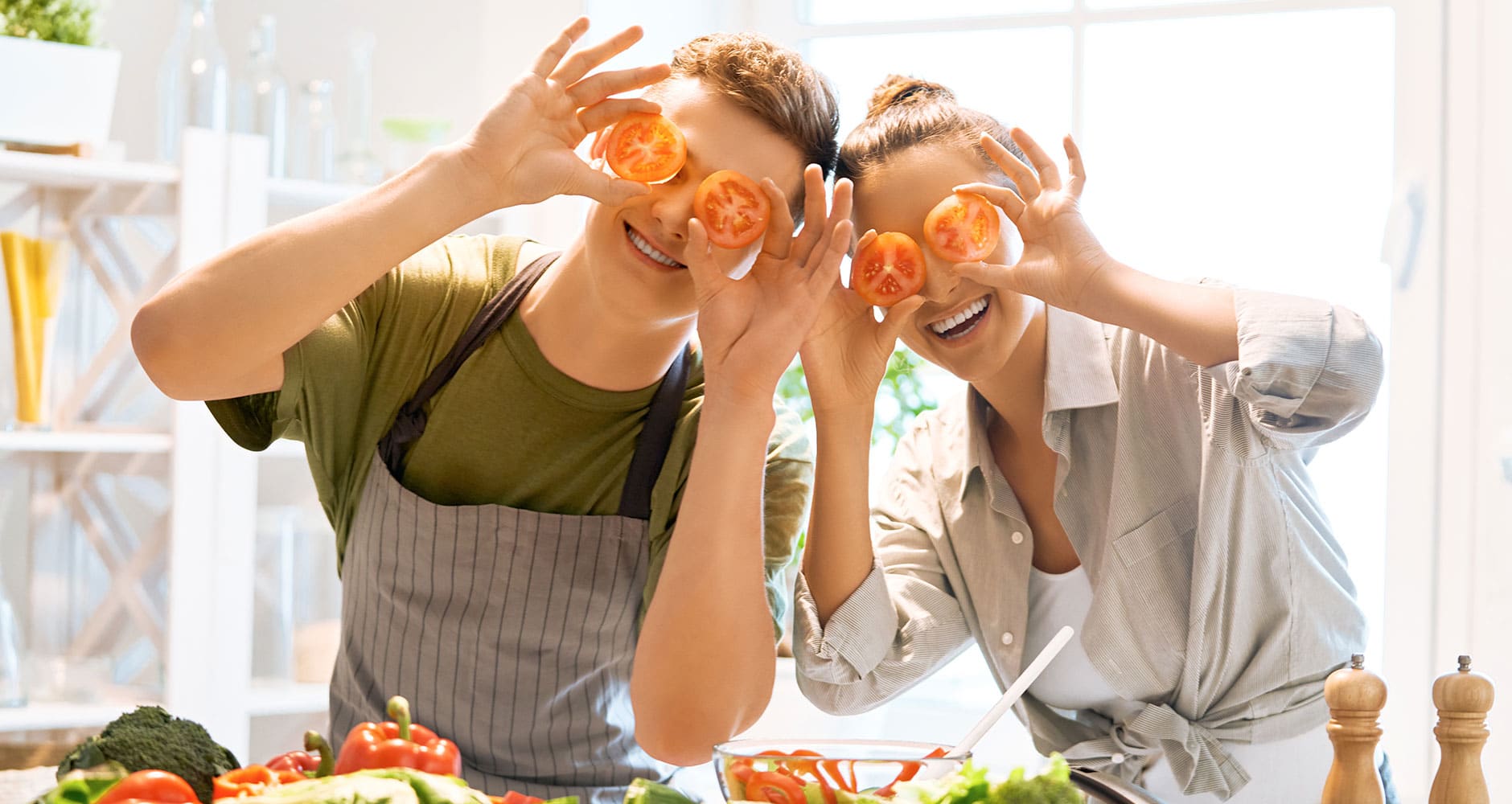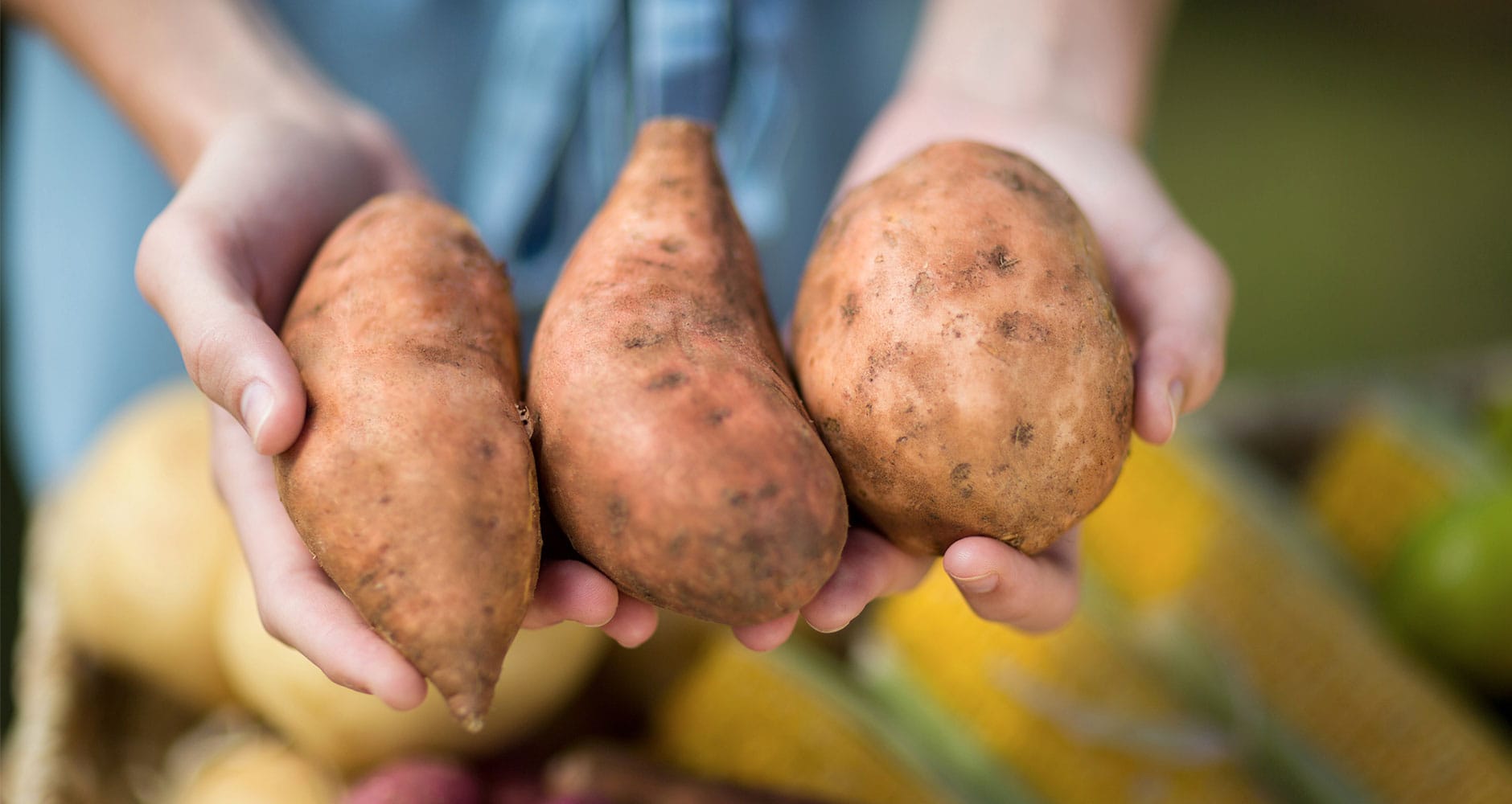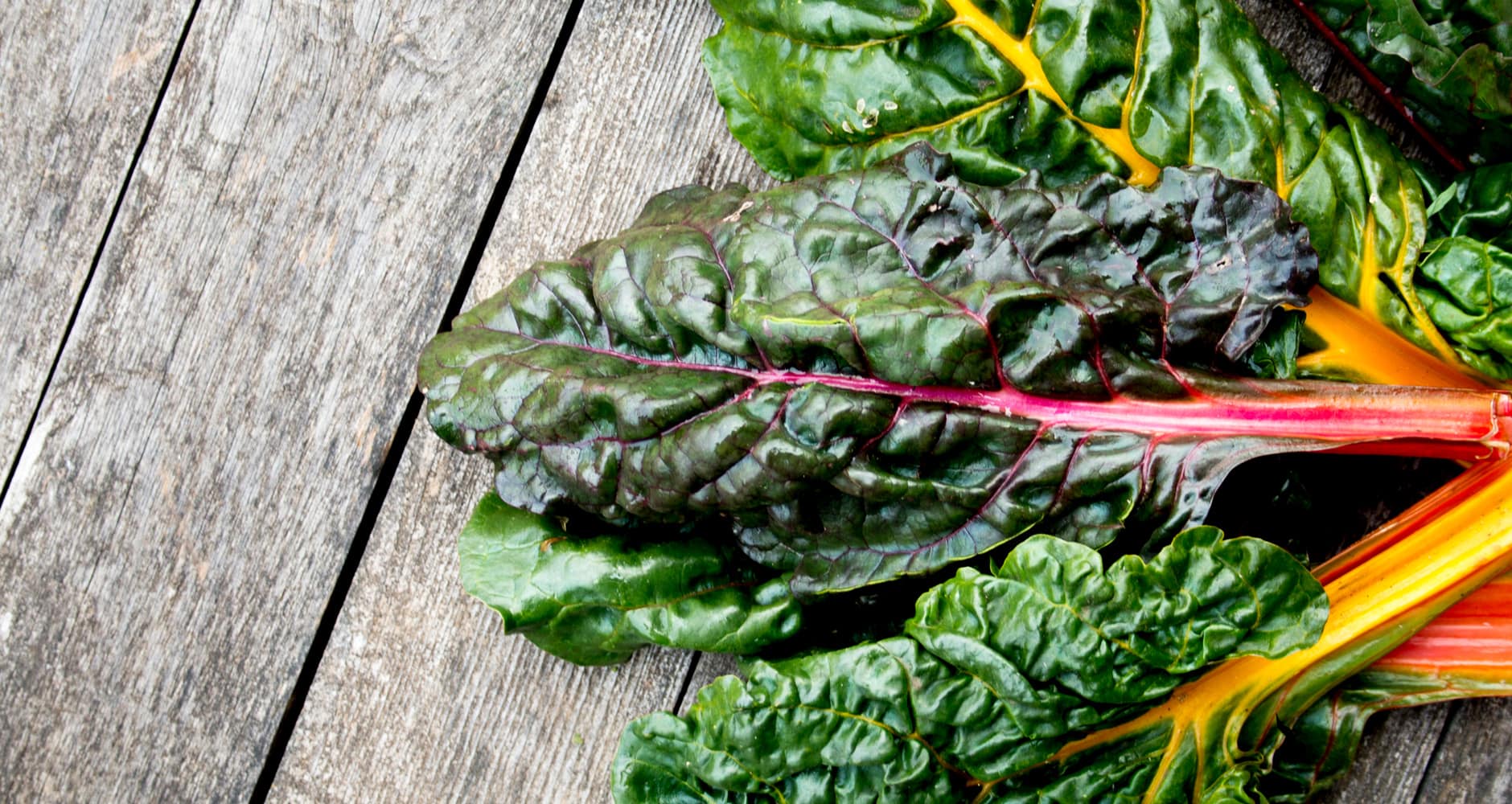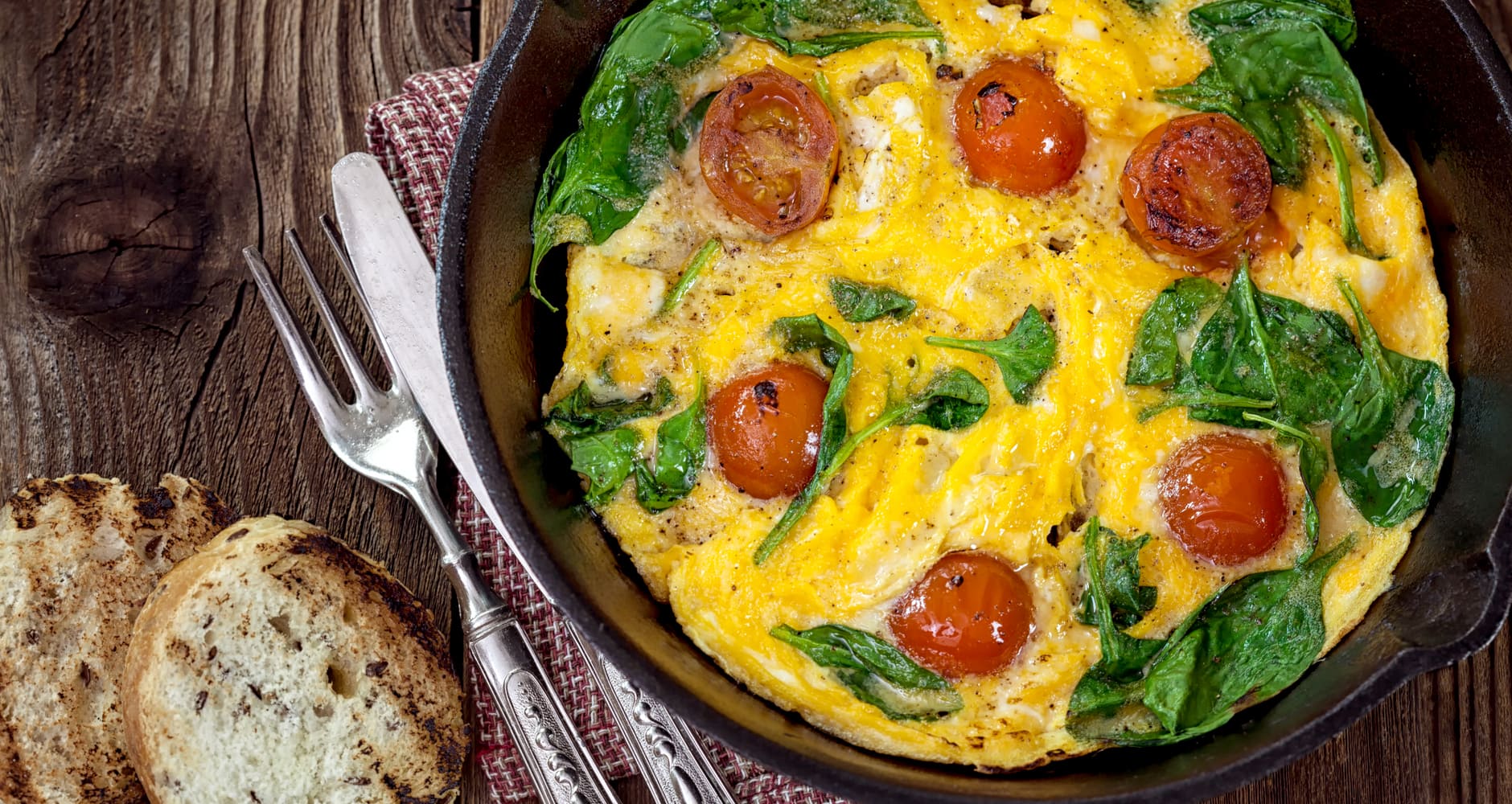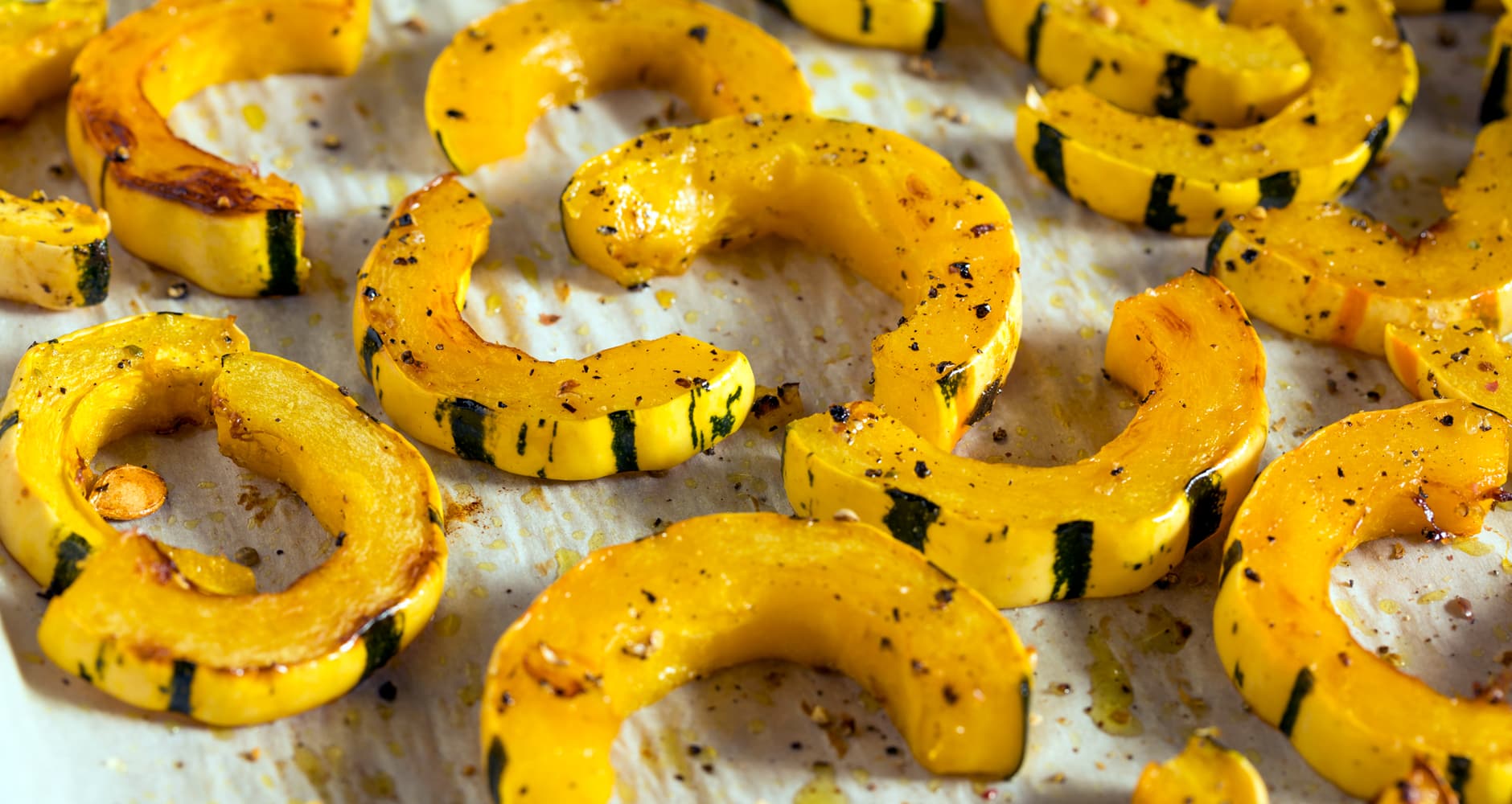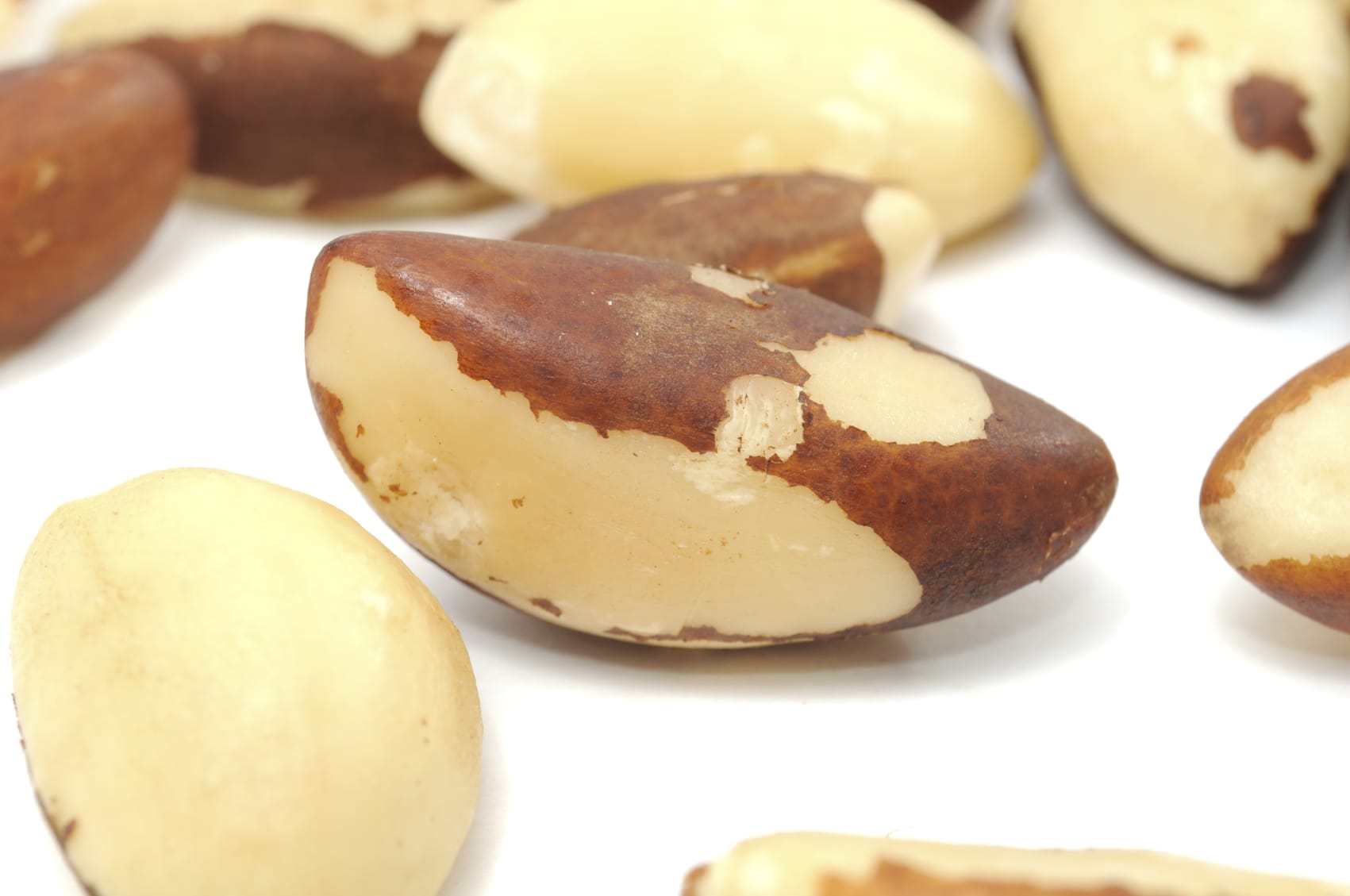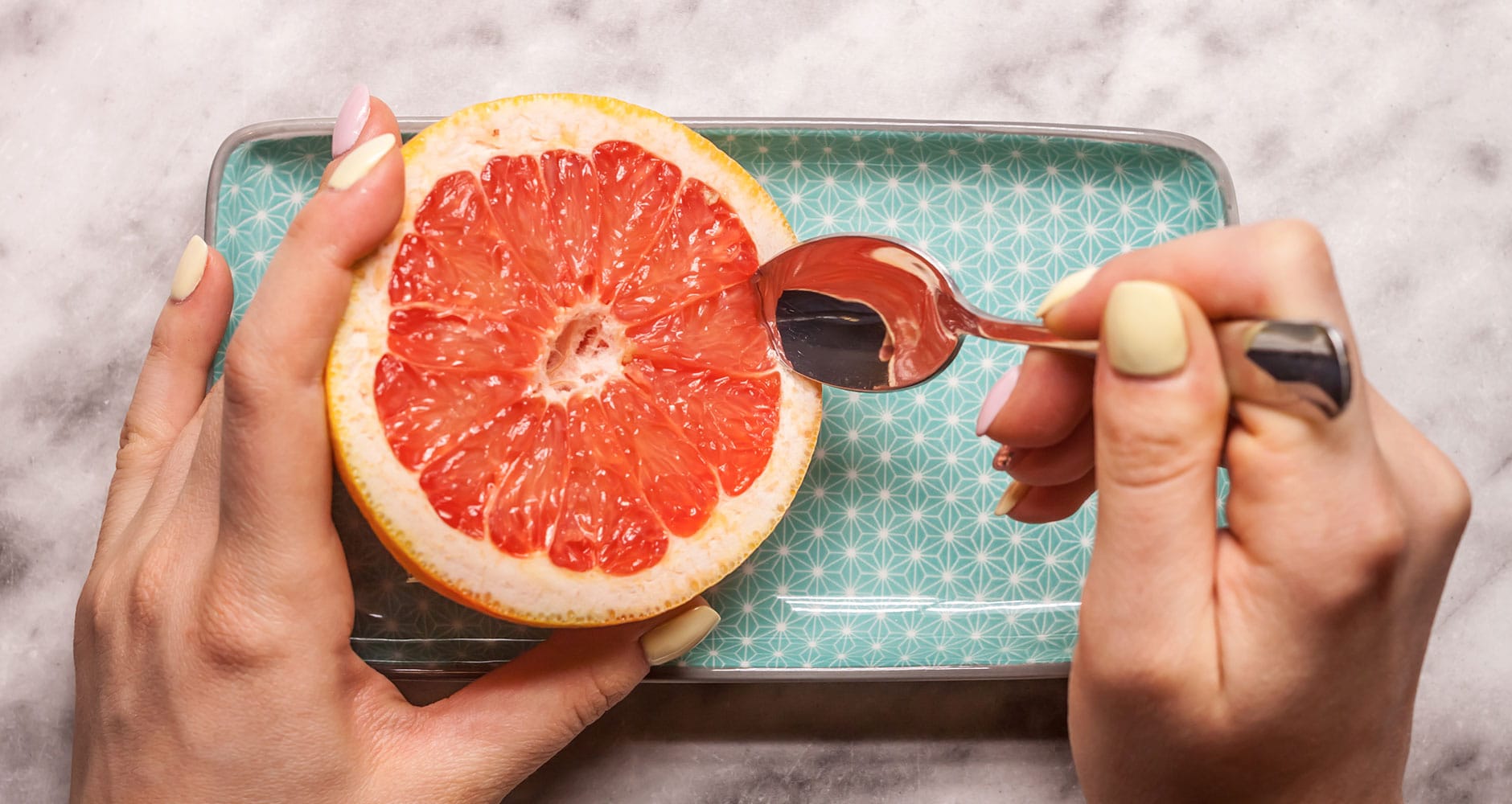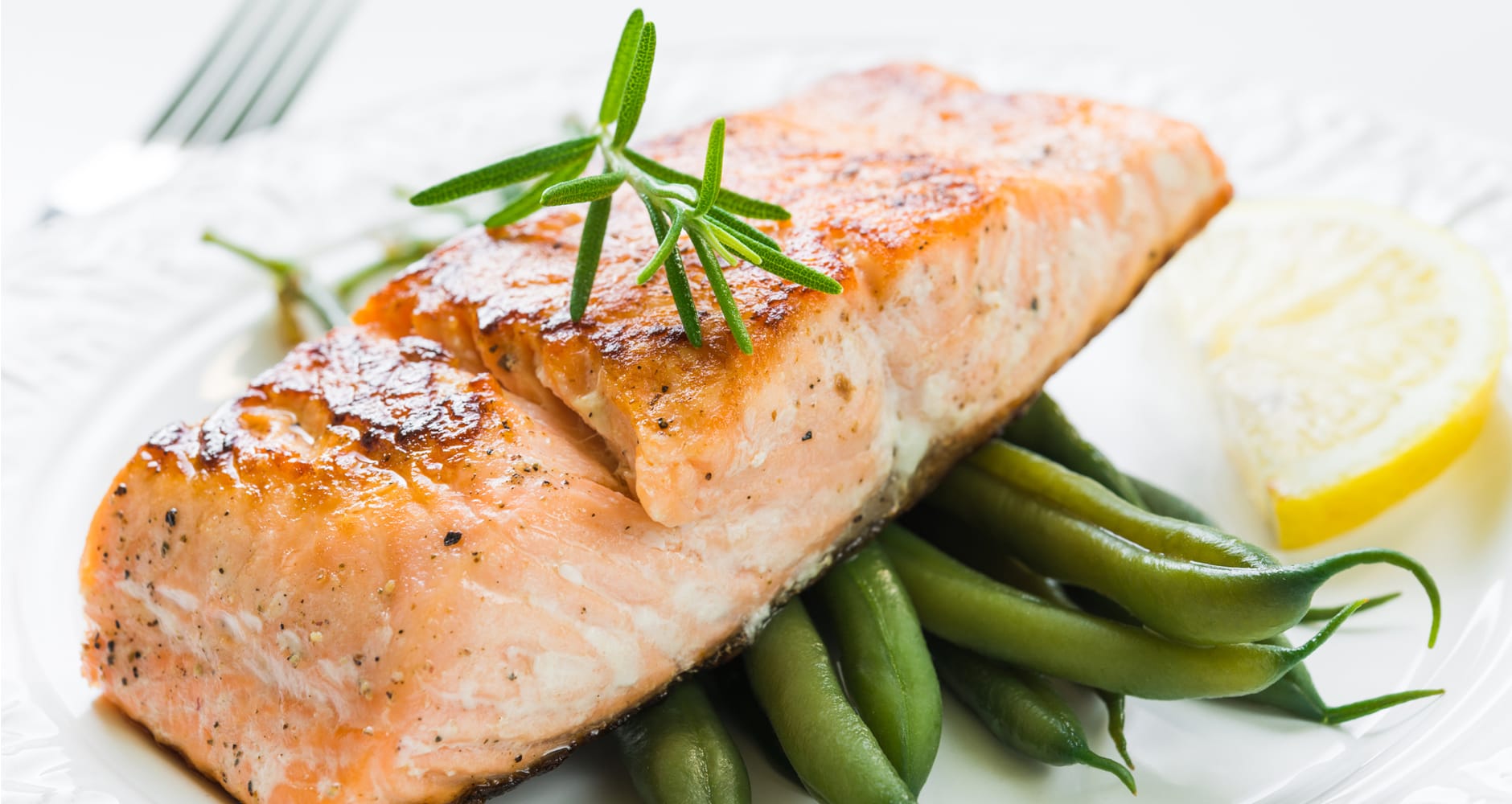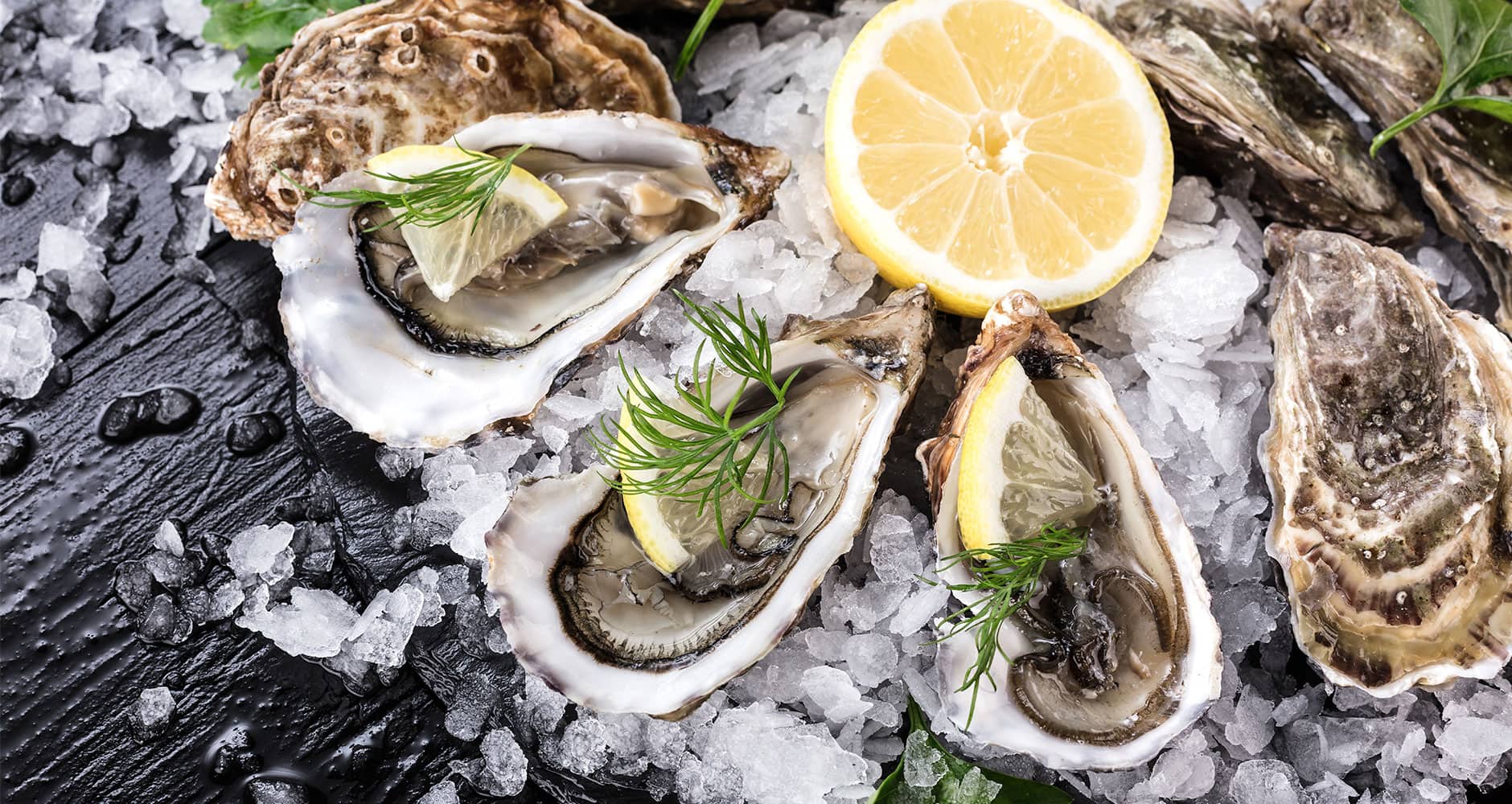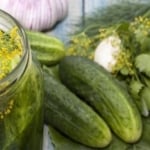Top 10 Foods For 20/20 Vision
Sure, carrots are good for your vision, but these 10 foods also top the list for long-lasting eye health. "See" for yourself!
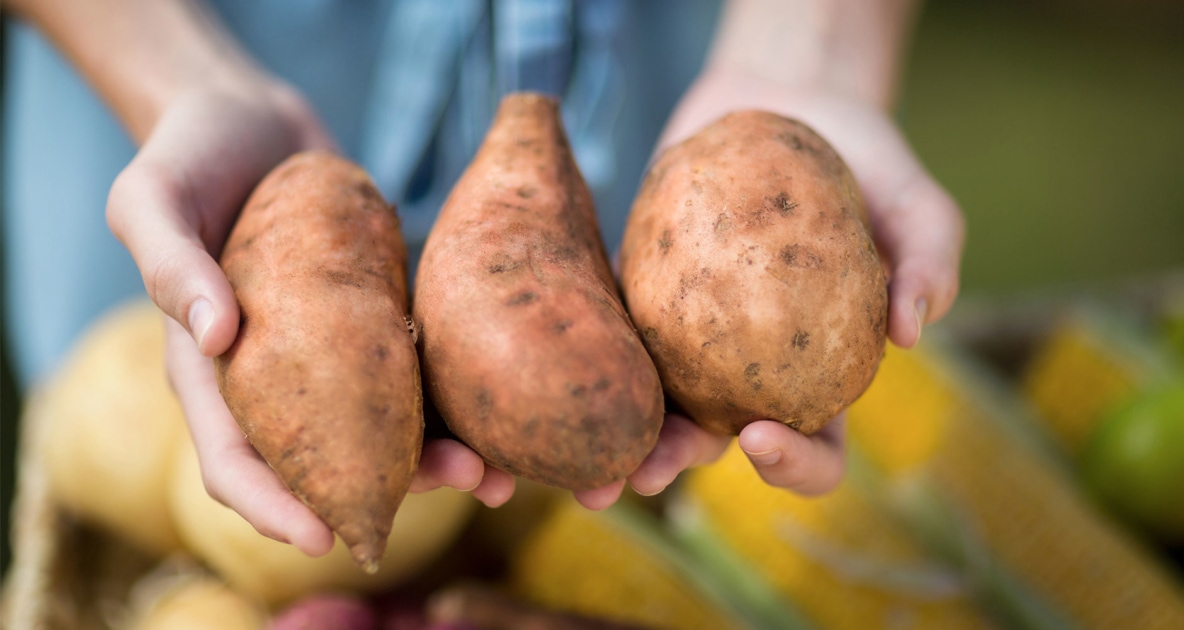
Eat your carrots! They’ll improve your eyesight!
Many of us grew up hearing that refrain, but is it true?
Orange-colored fruits and vegetables, like carrots, are a rich source of beta-carotene, a red-orange pigment that gets converted into vitamin A in the body. Vitamin A helps to strengthen the corneas, the surface of the eyes, and is a component of rhodopsin, a protein that helps our retinas absorb light. A deficiency in this vital nutrient can lead to dry tear ducts, thinning or discoloration of the cornea, night blindness, and vision loss. Two other plant-based forms of vitamin A—lutein and zeaxanthin—can also help lower the risk of long-term eye diseases, such as macular degeneration and cataracts.
As important as vitamin A is, it can’t do its work without the mineral zinc, which carries the vitamin from the liver to the retina.
Vitamins and Eye Health
But vitamin A isn’t the only contributor to eye health. Vitamins C and E are antioxidants that protect vulnerable cells from damage. Vitamin C also helps to make collagen, the main protein in the corneas and the sclera, the whites of the eye.
Omega-3 fatty acids, found in fish and nuts, are another helpful nutrient, helping to protect against macular degeneration and dry eye syndrome. Omega-3s also help lower the risk of glaucoma.
Here’s A List of 10 Foods for a 20/20 year:
1 Peppers and sweet potatoes. Not only do red bell peppers pack the most vitamin C of any vegetable, but they are also chock full of beta carotene and vitamin E. And one sweet potato has more than half of the vitamin C you need in a day, as well as beta carotene and vitamin E.
2. Leafy greens, broccoli, and Brussels sprouts contain lutein, zeaxanthin, and beta-carotene, as well as vitamins C and E. Dark greens, like kale, spinach, chard, and collard greens, are especially good sources of these vitamins.
3. Eggs are an excellent source of lutein, zeaxanthin, vitamins C and E, and zinc.
4. Pumpkin and Squash—both summer and winter varieties—are a good source of lutein, zeaxanthin, and vitamin C. Summer squash also contains zinc, whereas winter squash contains vitamin A and omega-3 fatty acids.
5. Nuts and seeds—almonds, walnuts, Brazil nuts, hazelnuts, cashews, sunflower seeds, chia seeds, flax seeds, and hemp seeds—are a rich source of both vitamin E and omega-3 fatty acids. Just one ounce of many of these contains half the recommended daily allowance of vitamin E.
6. Beans and legumes, like chickpeas, black-eyed peas, kidney beans, and lentils, are a low-fat, high-fiber source of zinc. Peanuts (technically legumes, not nuts) and peanut butter are also good sources of vitamin E.
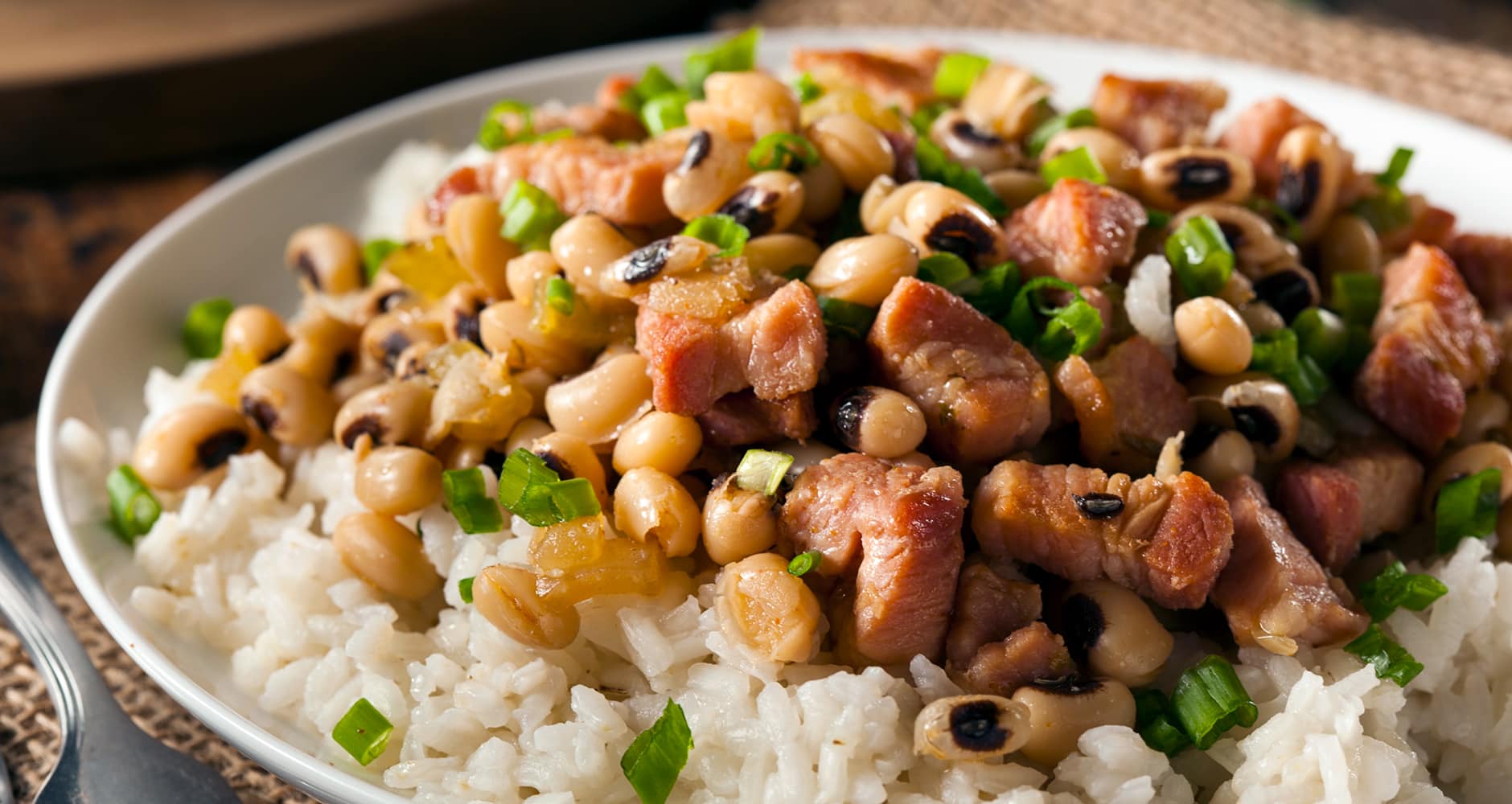
7. Berries and citrus fruits—like lemons, oranges, grapefruits, blueberries and strawberries—are rich sources of vitamin C.
8. Oily Fish—tuna, salmon trout, sardines, and anchovies—produce omega-3s in their gut, making them one of the best sources around for this healthy fat.
9. Oysters, lean meat, and poultry. Oysters have more zinc per serving than any other food, but beef, pork, and chicken are also good sources.
10. Water is one of the most essential nutrients for sustaining life and health. All biochemical processes require water. Without it, none of the other foods could do their jobs. Drinking plenty of water also prevents dehydration, which can cause dry, itchy, painful eyes.
Check out these additional tips to improve your eye health.

Jaime McLeod
Jaime McLeod is a longtime journalist who has written for a wide variety of newspapers, magazines, and websites, including MTV.com. She enjoys the outdoors, growing and eating organic food, and is interested in all aspects of natural wellness.

